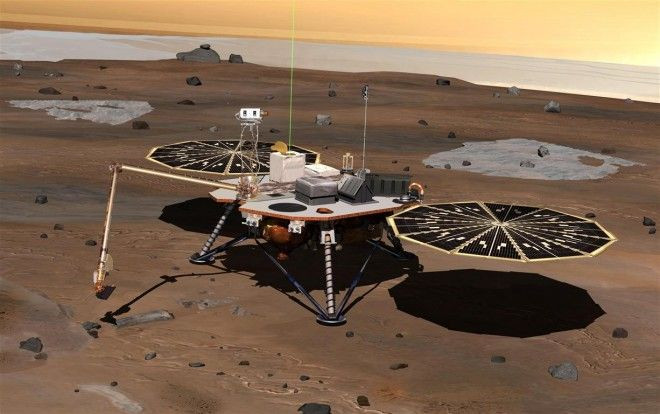NASA Mars Rovers Run On Cloud Computing

NASA is turning to cloud-computing to support its rovers Spirit and Opportunity as they explore the Martian surface.
The Mars Exploration Rover Project, which operates these rovers, has become the first mission to use cloud computing for its regular operations. It uses cloud-based software and data support to make decisions for the rover's day-to-day activities. The project is handled by NASA's Jet Propulsion Laboratory.
This is a change to thinking about computer capacity and data storage as a commodity like electricity, or even the money in your bank account, said JPL's John Callas, rover project manager, in a statement.
The two rovers landed on Mars in January 2004. The primary reason for moving to the cloud was the flexibility of computing resources. Khawaja Shams, a JPL software engineer, said that the project is well suited for cloud computing as it has a widespread user community acting collaboratively. Cloud enables us to deliver the data to each user from nearby locations for faster reaction time.
The rovers were originally sent for a 3-month mission. But that has extended to more than 6 years and greatly expanded the amount of data, despite Spirit being dormant since March.
In such a scenario, where data requirements and computing power cannot be forecast, cloud computing optimizes usage of resources such as servers and data centers.
JPL has collaborated with Amazon for the use of cloud-computing for the Mars project's daily operations.
JPL has used cloud computing systems for other applications as well. It partnered with Microsoft in 2009 for the Be a Martian website in support of a government initiative that increases public access to mission data, and used Google's cloud services for the development of an educational application.
© Copyright IBTimes 2025. All rights reserved.





















